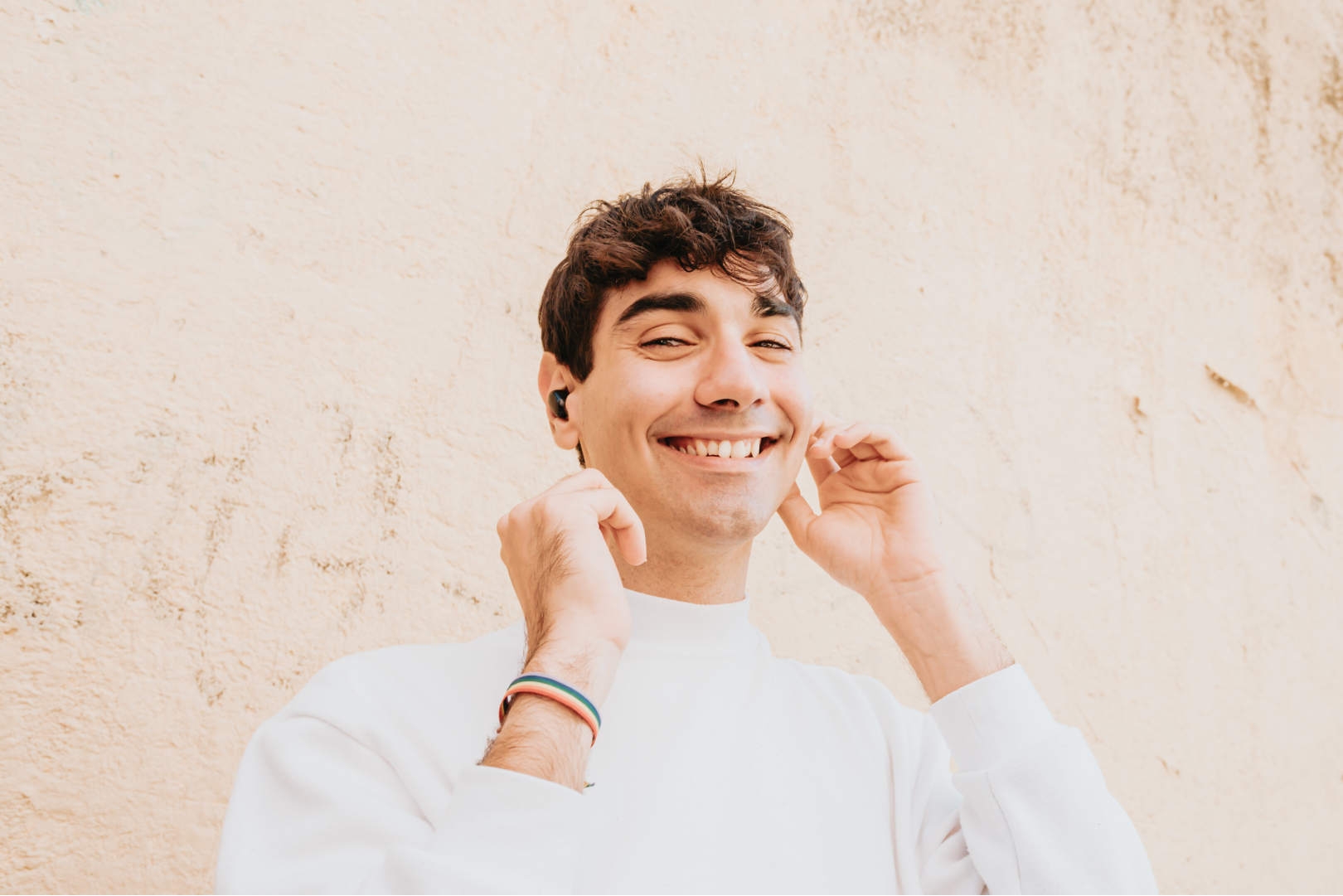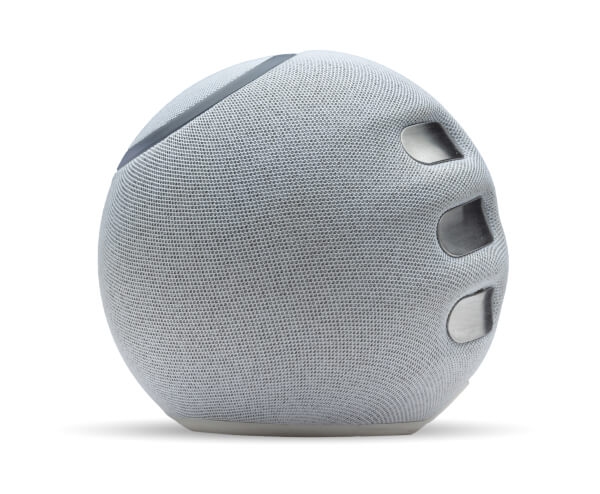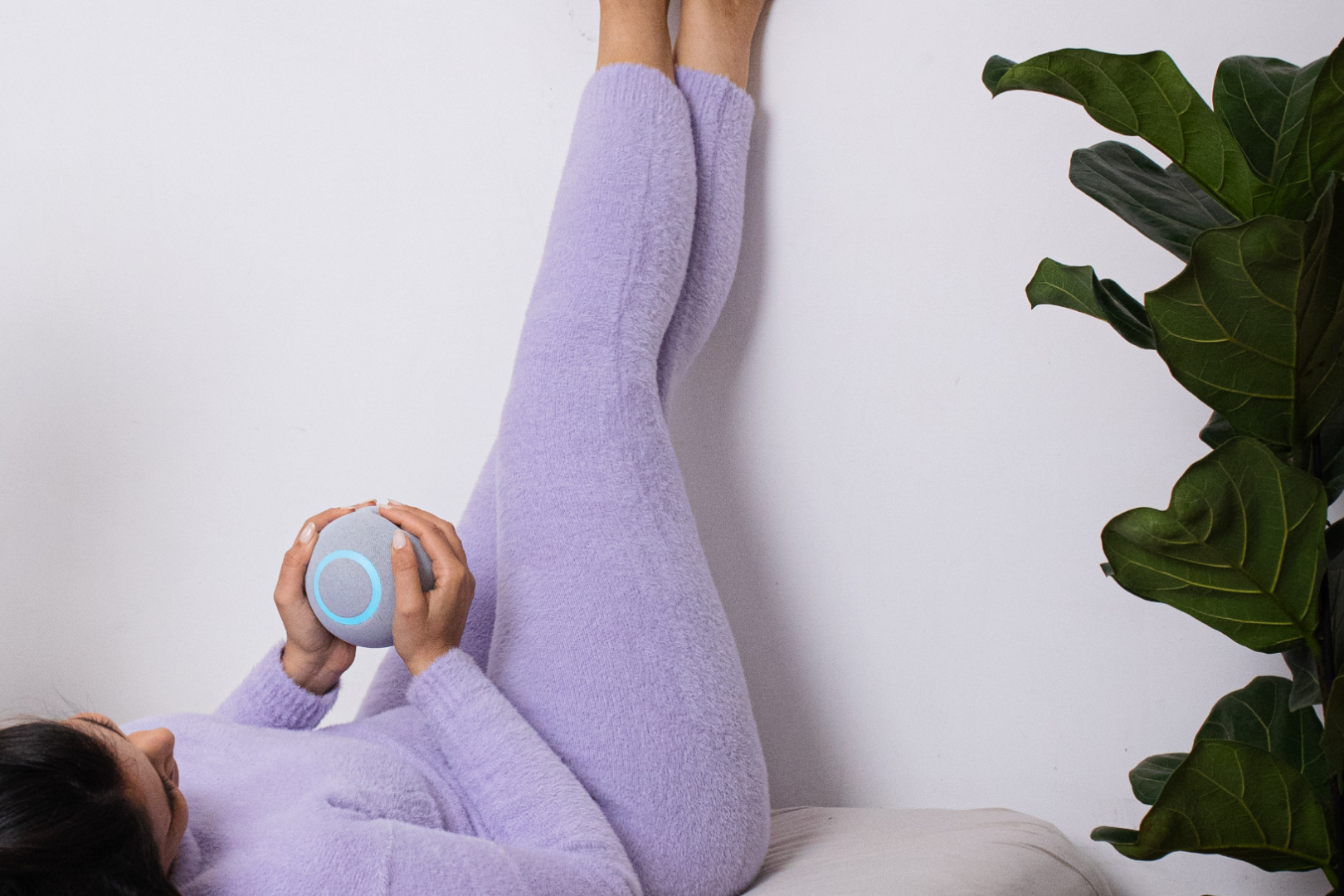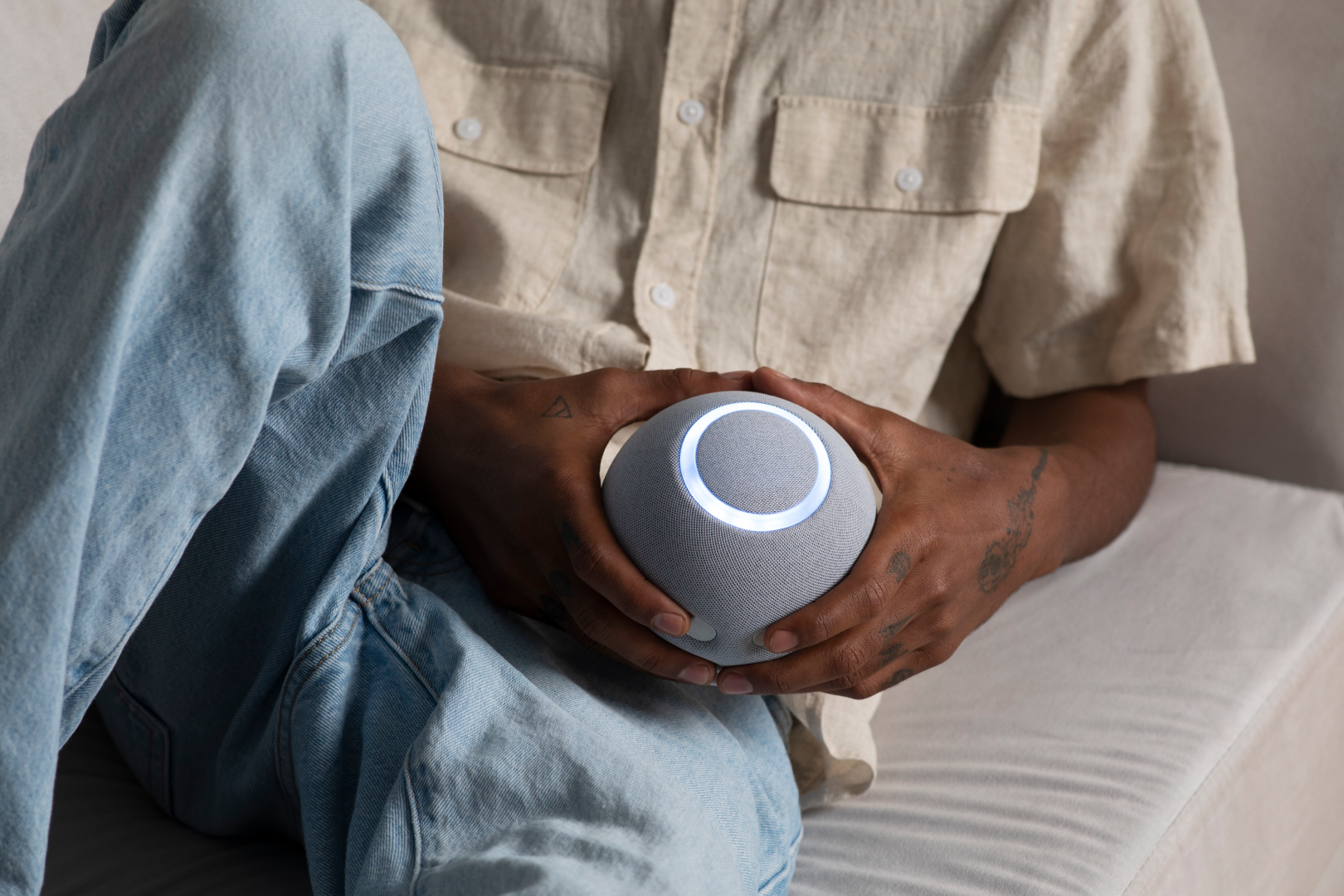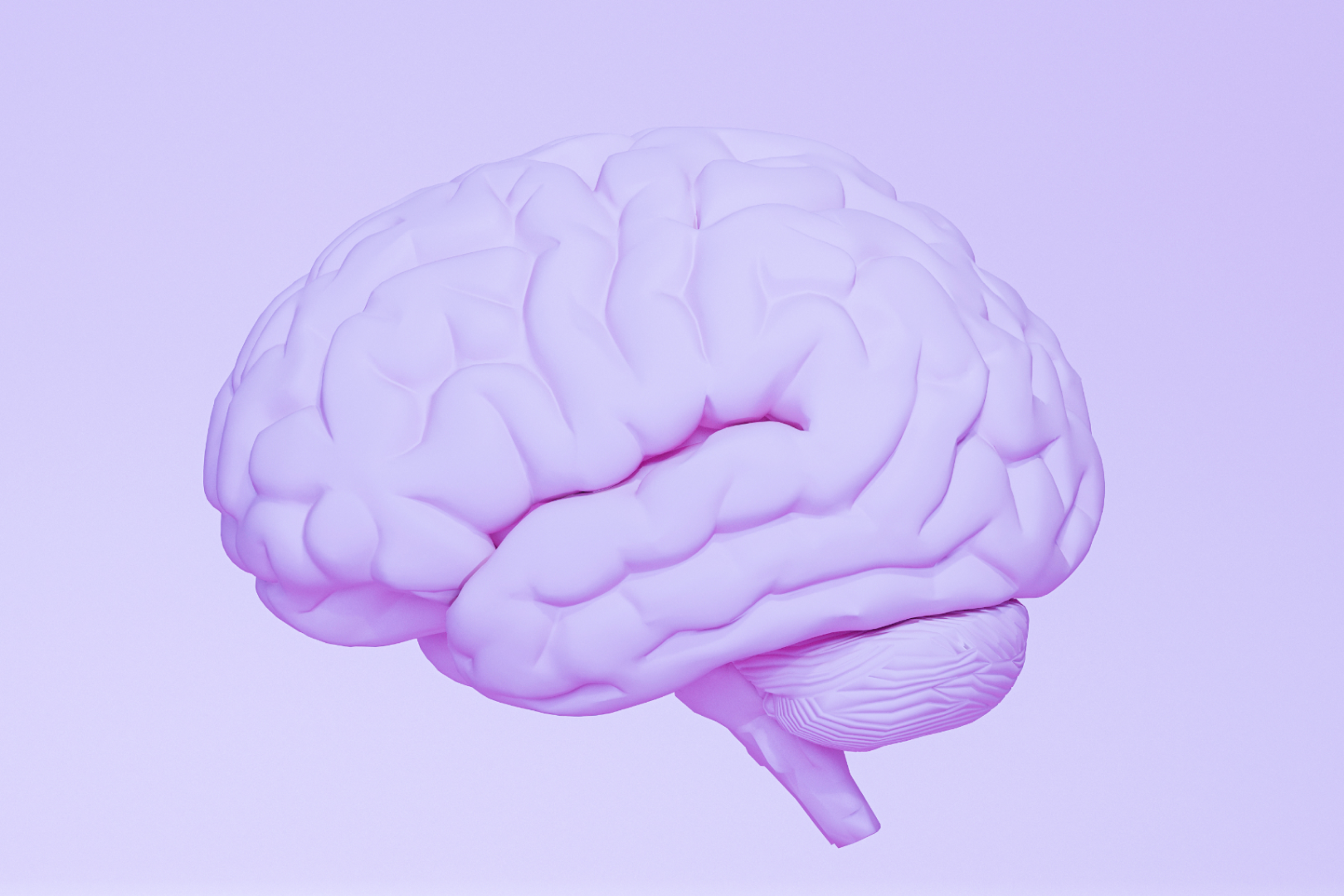Imagine having instant access to detailed information about your personal health status in real-time. Imagine 24/7 tracking and support for your physical and emotional well-being, anywhere you go.
There’s no need to imagine it. It’s already happening.
Tens of thousands of health & wellness apps and devices are now available and affordable. The most downloaded app in the health and fitness category in 2022 was Sweatcoin, which tracks steps taken and converts them into cash. That year, it had 52 million downloads worldwide, followed by Blood Pressure App, which had 51 million. Clearly, people everywhere are taking notice of this new revolution.
The boom in wellness devices provides more options than ever for individuals to take control of their mental health, in conjunction with traditional approaches, like psychological therapy, medications, and relaxation exercises.
How technology can be used in mental health? Let’s explore the different options.
Tools and Devices to Boost Mental Wellness
Bob is feeling very stressed, and he gets a bad headache. Sarah is laid off from her job, and she develops insomnia. Taylor meets up with her boyfriend, and a deep feeling of happiness and calm sets in. Her heart rate slows and her muscles relax.
The mind and body are deeply intertwined. The impact of emotions – both good and bad – is evident in the body’s physiological responses. Those responses happen very quickly, often instantaneously, and they provide a rich pool of information about one’s mental health and overall wellness. Devices that accurately track and monitor physiological data can be powerful tools for boosting mental wellness.
So, what devices improve mental health? Here are several popular categories:
Meditation apps
Meditation apps are designed to help individuals learn and practice meditation and mindfulness techniques. Apps for meditation, such as Headspace and Calm, typically offer a range of guided and non-guided meditations, breathing exercises, relaxation techniques, and educational tools that the user can access via subscription on their smartphone.
Meditation must be practiced regularly to have an effect, so meditation apps offer self-tracking features enabling the user to monitor their progress and improve their meditation skills over time.
People who use meditation apps experience numerous benefits, including reduced stress, improved focus, increased calm and relaxation, enhanced self-awareness, and relief from mind-body symptoms, such as anxiety and depression, ADHD, high blood pressure, insomnia, and more.
Mood-tracking apps
Mood-tracking apps help individuals monitor and track their emotional states over time. Via a user-friendly smartphone interface, people can log their thoughts, moods, emotions, and other relevant factors such as daily activities, diet, sleep, and stress levels.
Consistent tracking provides insights into the patterns and triggers that affect mental and emotional well-being. This helps to make the individual more aware of their inner state, identify and address negative emotions, and adopt mental health wellness activities to improve their emotional responses.
Sleep trackers and smart alarm clocks
Sleep quality is a key component of mental health and wellness. Sleep tracking apps use sensors or microphone technology to gather data about how long a person sleeps, how often they wake during the night, sleep disturbances such as snoring, and more.
Smart alarm clocks use gentle sounds or vibrations to wake users during the lightest sleep phase, ensuring they wake up at the optimal time. With sleep trackers and smart alarm clocks, individuals can learn about their sleep habits and identify areas for improvement to sleep better and wake up more refreshed.
Wearables for Mental Wellness
Wearable technology is designed to monitor physiological activity via direct contact with the body. Devices come in several forms that can be worn in different ways, such as digital watches, strap-on devices, or sensors applied to the skin.
Digital wearables provide real-time information about the individual’s moment-to-moment physiological changes, which is also a strong indicator of changes in emotional and mental state.
What are the wearables for mental health monitoring? Let’s take a look at the key devices in use today.
Fitness trackers
Fitness trackers are wearable devices that monitor and record various parameters of physical activity, such as steps taken, distance covered, calories burned, and heart rate. Fitness trackers include personalized goal-setting features, so users can track progress over time and get feedback about their achievements.
This is a great way to get motivated about exercising. Regular exercise is known to release endorphins, help deal with stress, improve mood, promote better sleep, and provide overall health benefits, which are all keys to strong mental health.
Heart rate monitors
Heart rate monitors measure and track heart rate in real-time. They can be worn as wearable devices on the chest, or integrated into fitness trackers and smartwatches. Heart rate is an important indicator of physiological and emotional stress, and monitoring it can provide valuable insights into one's stress levels.
By observing changes in heart rate during different activities or situations, individuals can identify stressful triggers and take proactive measures to control and reduce stress. Heart rate monitors can also be used while practicing mental wellness activities, such as deep breathing or meditation, to learn how to calm down and become more relaxed.
Stress tracking wearables
Stress-tracking wearables are specialized devices that monitor and analyze physiological indicators related to stress, such as heart rate variability, galvanic skin response, and breathing rate. By continuously tracking these signals, the wearer can gain insights about their stress level and emotional state throughout the day, and what causes their stress response to increase or decrease.
Armed with this self-awareness, individuals can make better decisions about how to manage difficult emotions, practice daily mental health exercises and relaxation techniques, and build coping strategies to improve wellness.
Biofeedback Devices for Mental Wellness
In the past few decades, biofeedback has gained importance in the ‘toolbox’ of mental wellness devices.
Biofeedback is an effective mind-body technique that uses visual and auditory feedback of the body's responses to help individuals understand and control those responses. During biofeedback sessions, sensors are applied to the skin, tracking a range of physiological activities, such as heart rate, brain waves, and muscle contractions. The real-time data is displayed on a biofeedback monitoring device.
While connected to the biofeedback device, a skilled biofeedback therapist instructs the individual on techniques to control and regulate their physiology, including breathing exercises, meditation, guided imagery, and other relaxation methods. The person can witness the changes directly on the biofeedback device, providing instant feedback and reinforcement on how the relaxation techniques are impacting their physiological reactions.
Biofeedback is commonly used as a complementary tool in the treatment of a wide range of disorders and symptoms, such as anxiety, depression, headaches, digestion issues, sleep disturbances, procrastination, ADHD, anger management, and many others.
Because biofeedback devices can measure a range of physiological responses, it is an adaptable technique. Some examples of applications of biofeedback include:
- Heart rate variability: HRV tracks the variance between heartbeats. Low heart rate variability means that there is little variation in the time between heartbeats, indicating that the parasympathetic nervous system is heightened. This is a sign of increased stress. High HRV, or non-uniform variability between heartbeats, is a sign that the body is relaxed. By monitoring HRV with a biofeedback device, individuals can ‘see’ when the nervous system is responding to stress, and learn how to reduce stress and increase HRV.
- EEG (Electroencephalography): Biofeedback devices can be used to track brain wave activity, an excellent tool for mind and memory training and treatment of issues such as ADHD. By combining EEG biofeedback and meditation, for example, individuals can learn to improve focus, attention, and mindfulness.
- Stress factors: A biofeedback device can be used to track and display some of the key physiological indicators of stress, such as body temperature, galvanic skin response (sweating), and heart rate. These measurements are extremely helpful when training the mind and body in meditative and relaxation practices to reduce stress and improve mental health.
Personalizing Your Mental Wellness Journey
The journey to mental wellness is highly individual. What works for one person will not necessarily be suitable for another.
Fortunately, there is a wide range of professional treatment options and things to do for mental health at home, including devices and tools to help individuals reduce stress, improve physical and emotional well-being, and reach their mental health goals.
In some cases, a combination of professional support and personal wellness technology will bring the best results. For people who want to create their mental wellness journey independently, it is important to follow some key steps to make sure you integrate the right wellness tools and devices for your needs. Remember, if at any time you feel you can’t do it alone, then make sure to reach out to a doctor or therapist for further guidance.
Get started on your path to mental wellness, supported by the best tools for you:
- First, assess your individual needs and goals for mental wellness. For example, your goal may be to improve sleep, boost your work performance, reduce anxiety or manage feelings of loneliness. It is important to be specific and precise – this will help you decide which mental and emotional health activities are going to be most appropriate and effective.
- Next, consider which tools or devices will support your goals. Do you want to track your fitness level or monitor your sleep? Are you looking for guidance in meditation? Do you need a wearable device that fits under your clothes and won’t be noticeable? What is your budget for mental wellness technology? All these will impact your choice when selecting tools and biofeedback devices.
- Once you’ve made a decision, you’ll need to focus on integrating tools, wearables, and biofeedback devices into your daily routine. Using a mental wellness device may seem strange at first, but you will get used to it. Over time, as you begin to see results, you will be even more motivated to continue. Make sure to devote some time to exploring the best use of the devices you choose, and carving out time in your day to devote to biofeedback, meditation, physical exercise, or other wellness activities.
- Finally, to get the most out of your wellness device, it is important to monitor your progress and make adjustments. Your biofeedback or other device is providing valuable personalized feedback on your physical health and mental state. Use that information to make the necessary behavioral, lifestyle, and emotional changes that can bring real results.
Mental health can be tricky. Thoughts and feelings change in an instant. Emotions build up over time, often without our noticing. Stressful events take their toll, and it can be confusing to know what’s going on inside of us at any given moment.
That’s where mental wellness technology and tools come into the picture. By tracking, measuring, and displaying your physiological measurements, you can gain a true and informative glimpse of your inner emotional workings. That is the key to moving towards a healthy mind and a happy life.
